Nozawa Onsen and Hakuba, my favorite ski resorts near Tokyo, are booking up fast.
A trip to Japan guarantees novelty, not least if you book a ski trip. Underpinned by excellent food, surreal views, reliable snow cover, fantastically cheap prices and delightful onsen culture, it’s no wonder the country is increasingly popular with gaijin (non-Japanese). Australian, American and European powder hounds now fill the towns every year, but there are endless authentic experiences waiting in each charmingly idiosyncratic resort. A quick Google betrays that my favorites are already filling up for winter ’24/25. So here’s a run-down of what to expect, and where I’d recommend you book, subayaku.
Up north, Japan’s second-largest island of Hokkaido famously enjoys dumps of “champagne powder,” thanks to freezing Siberian winds picking up moisture over the Sea of Japan. Well-developed resorts like Niseko get their fair share of storms, meaning a lot of snow, but unpredictable conditions for beginners and intermediates. Upscale cocktail bars, glitzy hotels and sushi restaurants are a big draw.
Down in Honshu, the main island home to Tokyo, Nagano prefecture’s snow monkeys, historic castles and temples attract skiers looking for the “real Japan” and less crowds. Several ski resorts sit within close proximity, perfect for powder chasers up at the crack of dawn. Here too, you’ll find excellent hospitality.
I can vouch for both, but (snow)gun to my head, I’d choose Nagano, easily reachable from the capital via bullet train or car. No internal flight, no fuss, and you can send your suitcase ahead cheaply and securely via the takkyubin luggage service (what a country). Here are some of my favorite spots to ski, sleep and eat the world’s best sushi in the Japanese Alps.
Nozawa Onsen
The oldest ski resort in Japan has an ethereal magic that’s hard to describe; hot spring water melts the snow as it runs alongside the streets, steam swirling up to the skies. Incredibly walkable, a few minutes on your feet will take you past centuries-old shrines and charming local businesses (don’t miss Akebite, my favorite okonomiyaki joint). Visits are punctuated by sotoyu-meguri or onsen crawls, tourists joining locals in yukata and geta sandals to test the waters at rustic, Edo-style hot spring baths. There are thirteen to try, free of charge; hit them all and you’ll be honored with a free towel (presumably something to do with the fact the water temperatures range between 100-200°F). I took to skiing with a change of clothes and a hairbrush, prepared to conquer a new one on each walk home from the slopes.
Amid dozens of Japanese businesses are low-key natural wine bars, buzzing karaoke rooms and craft beer spots, run by expats approved by a local council. Some outside influence is allowed, but the fight to retain the town’s historic character is strong: the Winter Olympics were partly hosted at Nozawa Onsen in 1998, and it was on these slopes that alpine ski pioneer Hannes Schneider taught the techniques of Arlberg skiing. Every year on January 15, the unmissable Nozawa Onsen Fire Festival sees men aged twenty-five and forty-two brave a fiery street battle, lighting up the night.
On the hill, which tops out at 1650m, you can see down to the ocean. Highly recommended for beginners, 40 percent of Nozawa’s terrain will suit newbies, the Hikage ski area offering a magic carpet and plenty of gentle runs. A forest mushroom curry with pork cutlet is mandatory from Buna (add an onsen egg), as is the Chicken Nanban combo at Hakugin, served with pickles. Intermediate skiers and boarders jump on the Hikage and Nagasaka gondolas to wider, green runs like Paradise, while the more challenging Skyline, Schneider and Utopia runs keep experts busy with steeper pitches. Powder stashes can be found in deep fields and bowls, behind designated gates bearing signs with polite warnings, like, “You can die.” Japan’s off-piste areas are incredible, but something to remember: they’re unpatrolled.
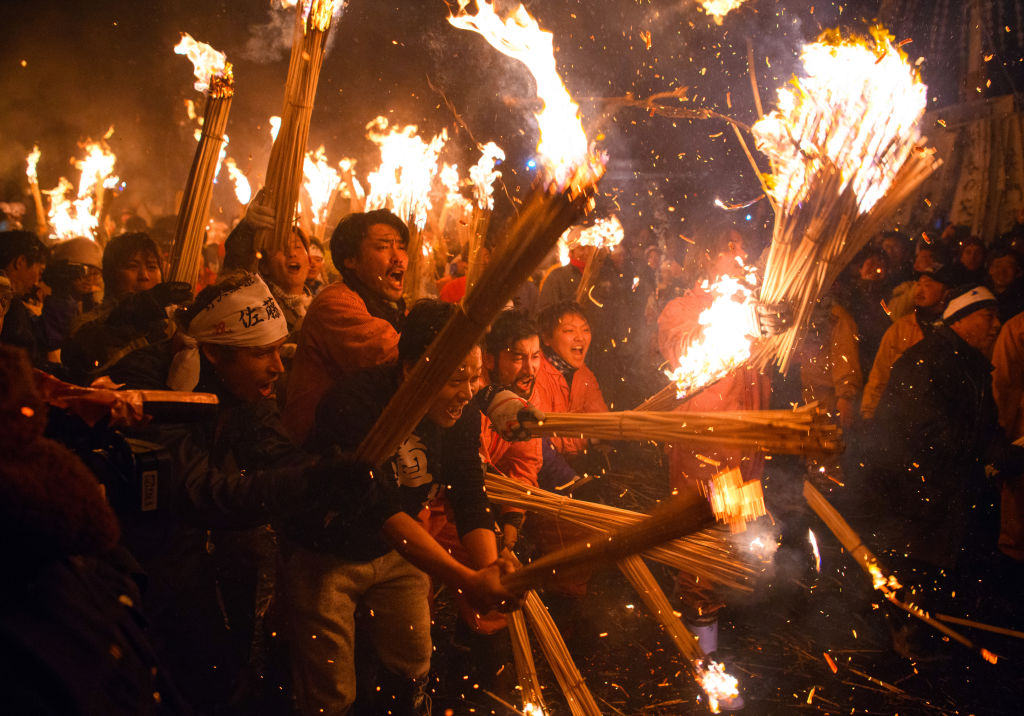
Where to stay
Tanuki
Perfectly located in the middle of town opposite the iconic Oyu onsen, Tanuki’s boutique apartments and hotel rooms embody modern Japanese chic, a snowball’s throw from all the best drinking dens. Most helpful for me getting home after trying grapefruit sours topped up with yuzu sake at Pig & Barrel, and whatever the barman felt like in the Green Fairy absinthe bar.
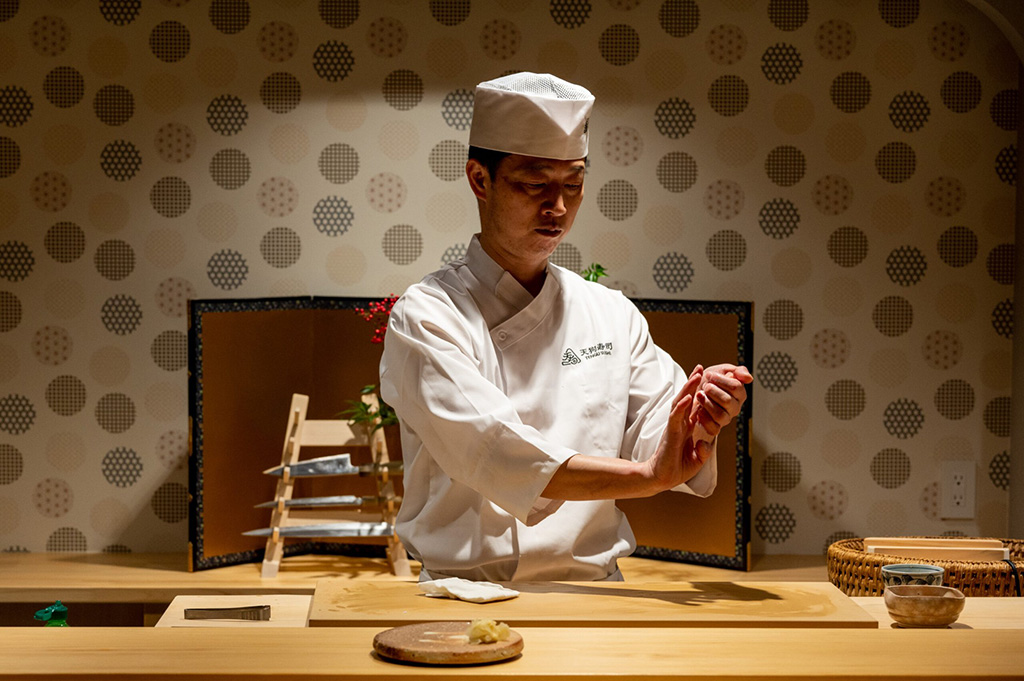
Hangover-busting batch brew coffee and breakfast buns stuffed with folded egg and sausage count amongst Tanuki highlights, but make time to visit the hotel’s retail shop for postcards, out-of-this-world matcha chocolate and local apple juice. Book ahead to ensure your place at Tengu’s ten-person counter next door, where you can watch the chef painstakingly assemble nigiri and cook tamagoyaki on a heavy skillet. I’m still thinking about the delicate strawberry mochi my meal finished with. A more casual daytime option close by is sourdough toastie heaven Dojo, complete with a climbing wall.
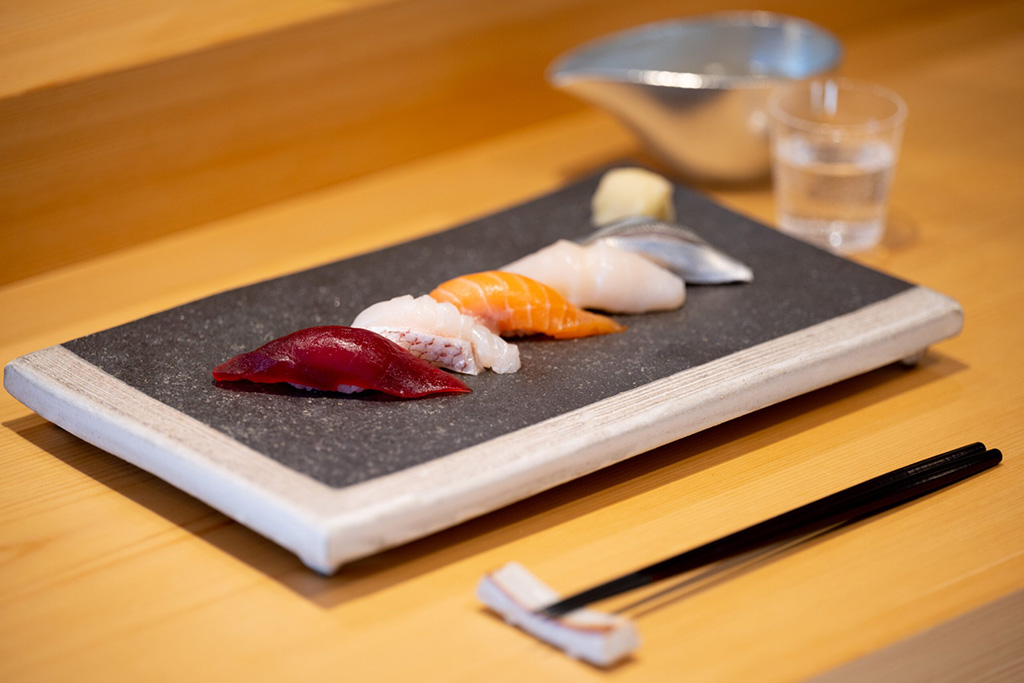
Anything else? Best for young families learning to ski, or anyone prioritizing proximity to the slopes, Tanuki’s ski-in, ski-out sister property Schneider deserves a shout out for its casual feel, seriously lovely staff and good prices.

Residence Yasushi
Set back from the village’s main street, Residence Yasushi is a Japanese-inspired modern kakure-yado (hidden inn) overlooking the Kitashinano forests adjacent to the Tsutsujiyama Park – and well worth the walk uphill.
If wafting around town in your dressing gown takes you out of your comfort zone, Residence Yasushi’s private thermal baths offer an exclusive onsen experience, bubbling with milky, mineral-rich Shinyu waters so prized, they’ve achieved gensen kakenagashi — Japan’s gold standard for hot spring baths. You’ll see floating yunohana (flowers) in the water, thought to turbocharge your health. You only have to jump in the lift to dry off in a Suite, boasting a power shower, tatami floor, comfy lounge area and a huge, cloudlike bed.
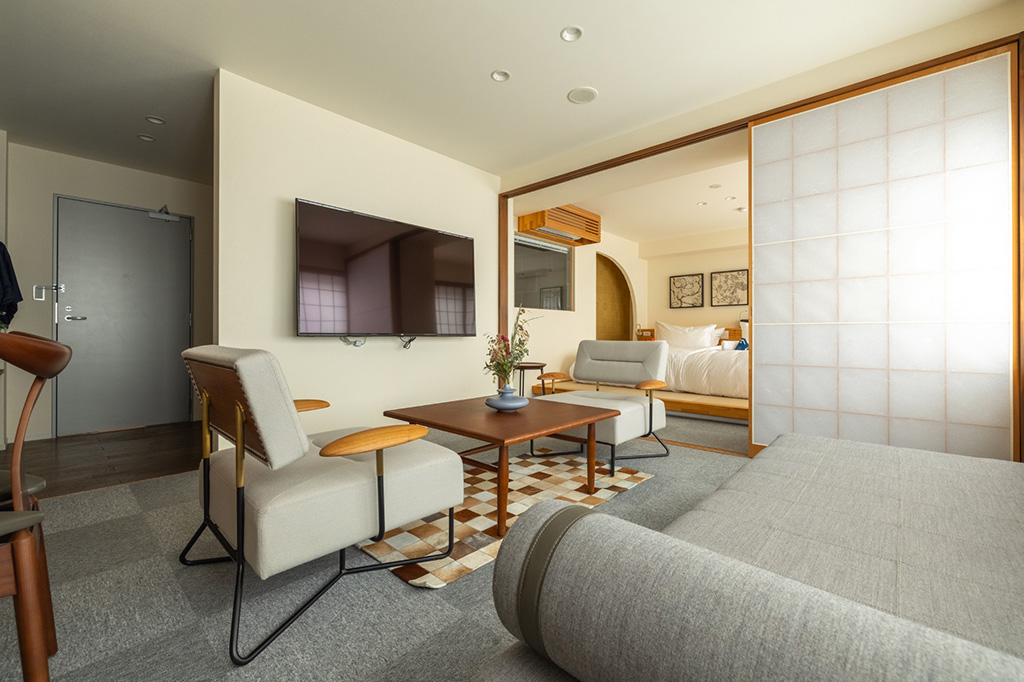
Memorable was my welcome from instantly likable Residence Yasushi manager Keisuke and his team of seasonnaires, handing out distinctly above-average homemade cookies and snacks during a complimentary daily afternoon tea. A clear adoption of beloved nearby Cafe Melia’s motto: “Cake is most important.”
Jiyu Gekijo (“the old strip club”) has to be the most interesting option for dinner nearby, now replacing dancing with a show of typically skilful Japanese cooking. Delicious tempura sticks are just 100 yen (sixty cents).
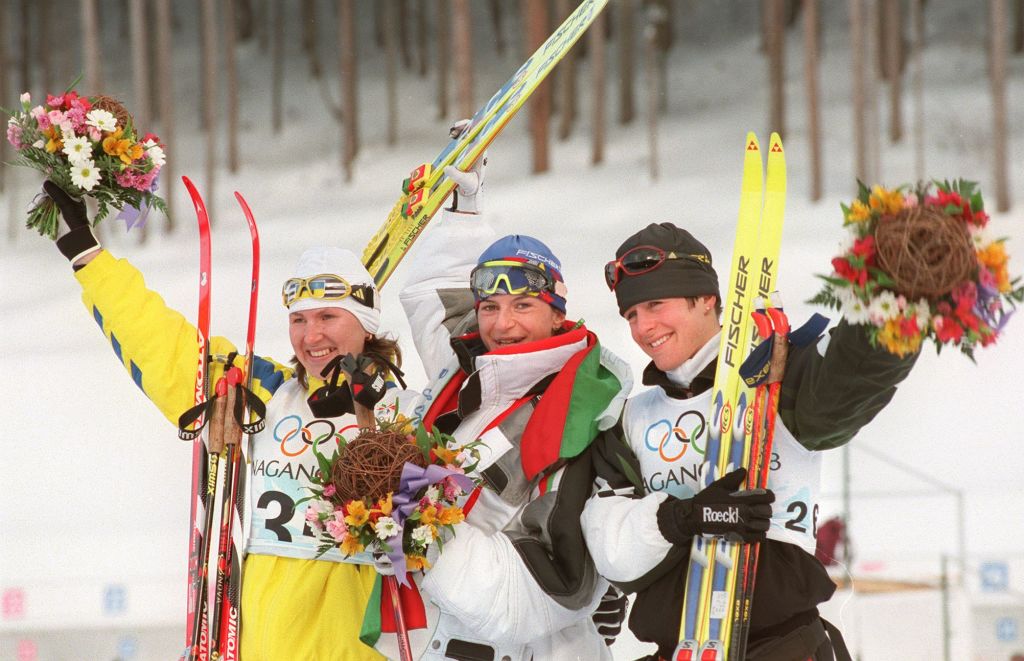
Getting to Nozawa Onsen
Transport: It’s two hours to Iiyama from Tokyo on a good day, and from there under thirty minutes on a coach to Nozawa Onsen. You can drive from Tokyo in around four hours.
Lift ticket price (1x adult day pass): Around $43
Ski & snowboard lessons: Nozawa Sessions offer exceptional, tailored lessons, their young team of instructors doing everything to help you conquer the mountain.
Gear: Mt’ Dock rental shop peddles top-of-the-range Armada skis and Capita snowboards, plus second hand bargains, great coffee and tea. The sunny roofdeck is great for sunbathing, by Nagasaka gondola.
Anything else? When you do wander into town, stop next door at Hyakuban to stock up on Nozawa Onsen merch. I left with armfuls of ‘kawaii’ sweatshirts and baseball caps, and after a few days here, so will you.
Hakuba Valley
From beginner to expert, there are slopes for you in comparatively gargantuan Hakuba. Here’s a quick summary (deep breath).
Cortina is called Hakuba’s powder capital, with exceptional tree skiing. Norikura offers quieter slopes for those looking to avoid crowds. Sanosaka provides stunning views of Lake Aoki and is great for beginners and intermediates, plus it’s dog-friendly. Jiigatake is perfect for families with its gentle, spacious runs.
Kashimayari mainly caters to the Japanese ski community while Happo-One, the largest resort in the valley, brings the tourists, touted for its challenging terrains and central location. Iwatake features diverse runs with good tree skiing and less crowding. Tsugaike Kogen is a beginner-friendly area with extensive green runs, but also offers advanced tree runs and backcountry access.
Then there’s Hakuba 47 and Goryu, which are connected, offering a mix of terrain for all levels. So if you like variation, a Hakuba Valley lift pass takes care of you across Hakuba, Otari and Omachi.
Nicknamed “Hakubali” for its bars, karaoke spots and full-on nightclubs (Concrete is where ‘first lift’ dreams go to die) this is a party town, packed with jet-setting adrenaline junkies from Down Under. But still, this vast network of Japanese-style country towns features authentic soba shops (I love Riki) and pubs (call ahead to book tiny Izakaya Kakuichi). It’s all about finding your favorite shokudo – that is, Mom-and-Pop-style, family-owned restaurant — and your favorite hot spring bath, all dotted around the bottom of each ski area.
Where to stay
The Happo
If you’re short on time and not hiring a car, staying close to the Hakuba Happo Bus Terminal makes life easy, with free shuttle buses. A four minute walk from this is the Happo, recently renovated and enjoying a prime location in the thick of Happo Village. Fantastic after a long day is the hotel’s private, therapeutic onsen and spa, with a jacuzzi and steam sauna. Like most hotels in Japan, The Happo has laundry facilities, which is a godsend on a ski trip — but I’m mostly a fan of this hotel’s proximity to glitzy underground cocktail bar Sugar, plus Mario Kart games and darts at Hakubar. Close by is an all-important Lawson, for egg sandwiches and fried chicken on the go.
Settling in for a proper meal, Ohyokkuri just around the corner serves excellent kuri, the oval flour dumplings Hakuba is known for, with vegetables, pork and chicken doused in Shinshu Miso. Heed the warning sign outside: “Don’t drink the onsen water”. You can only guess it’s written for punters walking home from Bar Refuel.
Getting to Hakuba
Lift ticket price (1x adult day pass): Around $54
Gear: Rhythm is pricier than local counterparts, but reliable, run by passionate, friendly staff, and stocking state-of-the-art ski brands like K2, Armada, Salomon and Burton. A one-minute walk from the Happo, and with a handy hotel pick up service, it’s a no brainer.
Anything else? Impressive Matsumoto is nearby, with its beautiful castle and Matsumoto City Museum of Art. The latter celebrates Matsumoto-born Yayoi Kusama with no crowds, unlike other exhibitions of her work. If your visit falls at the end of the season, plan a bullet train day trip to Kanazawa to see the cherry blossoms, and visit the tea house district.
Transport: Get a bullet train from Tokyo Station to Nagano Station, then a coach from Nagano to Hakuba (the quickest way at around three hours). If you’re driving to Hakuba from Tokyo, allow at least four. If you can’t choose between Nozawa Onsen and Hakuba, do as I did and drive the two hours between them. So many onsens, so little time…



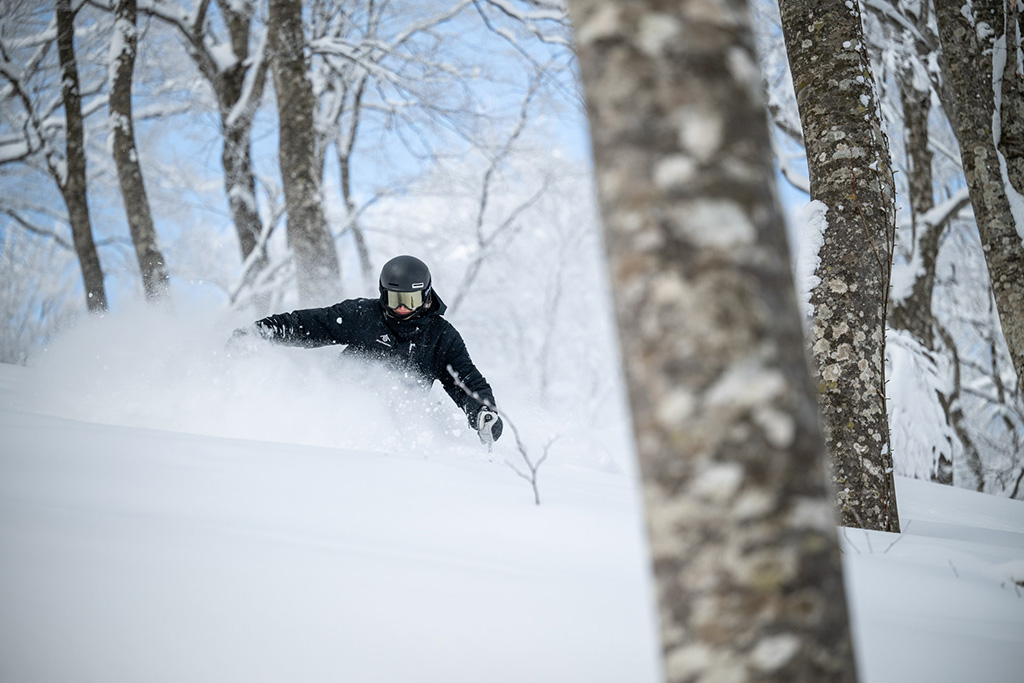






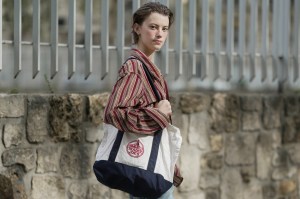
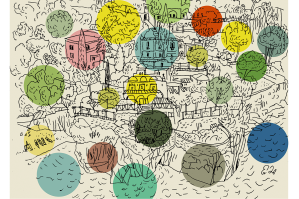
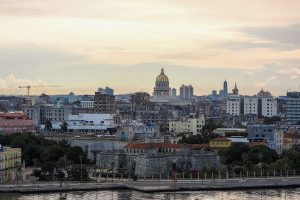
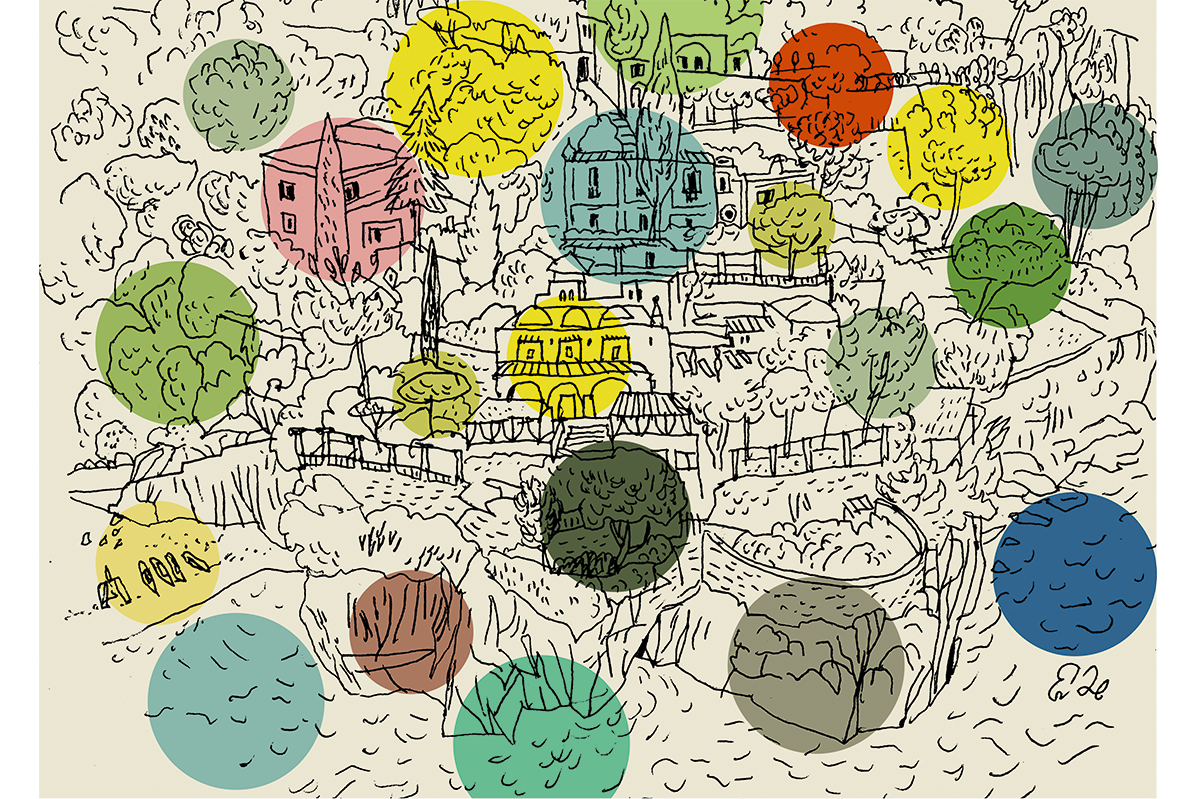
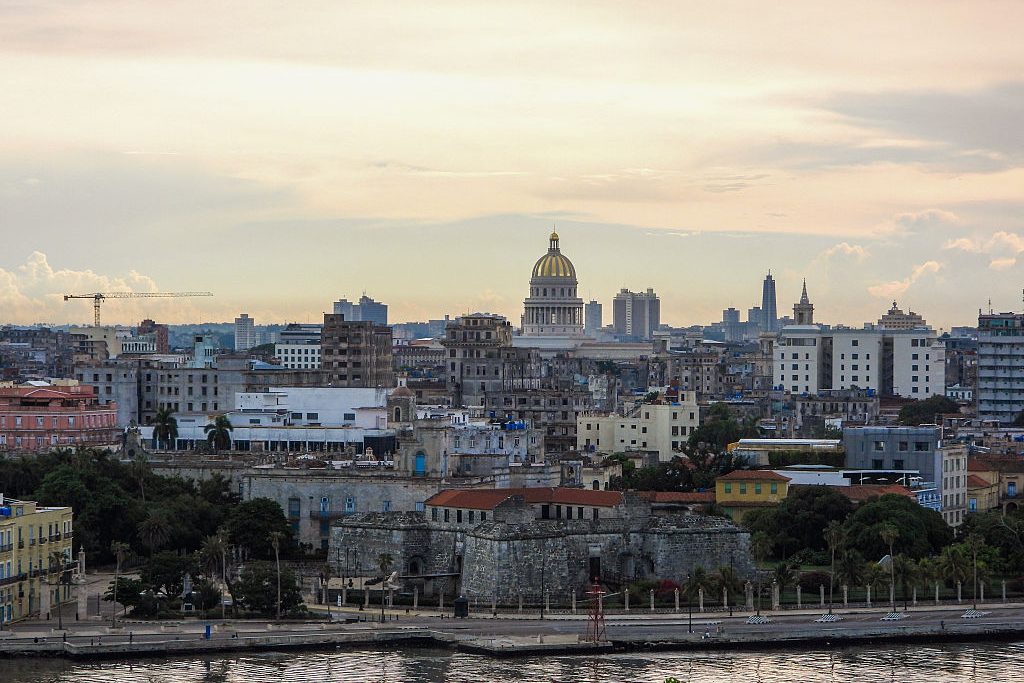

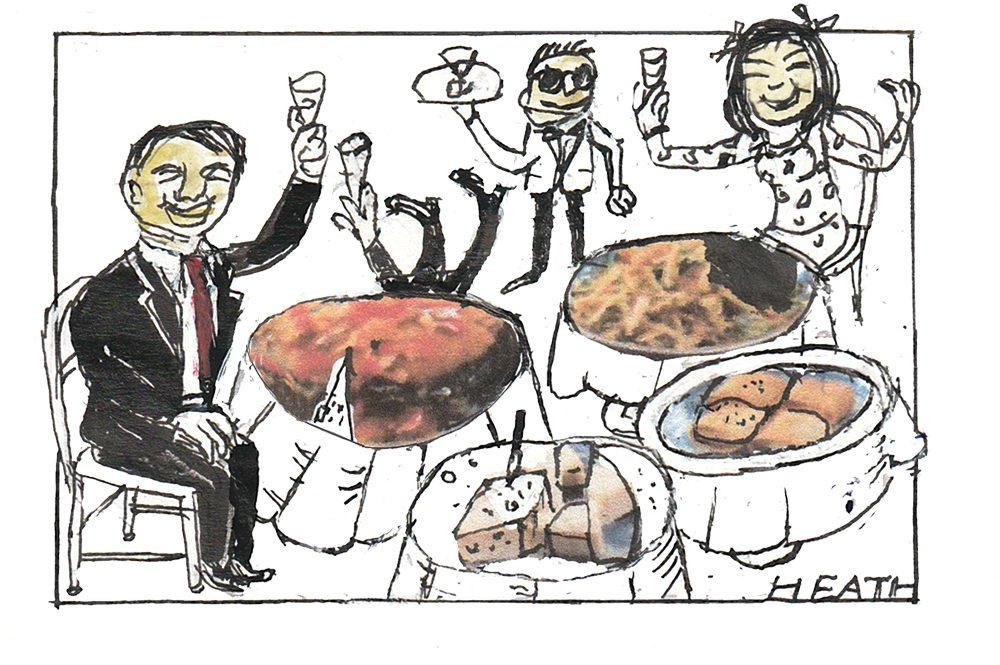
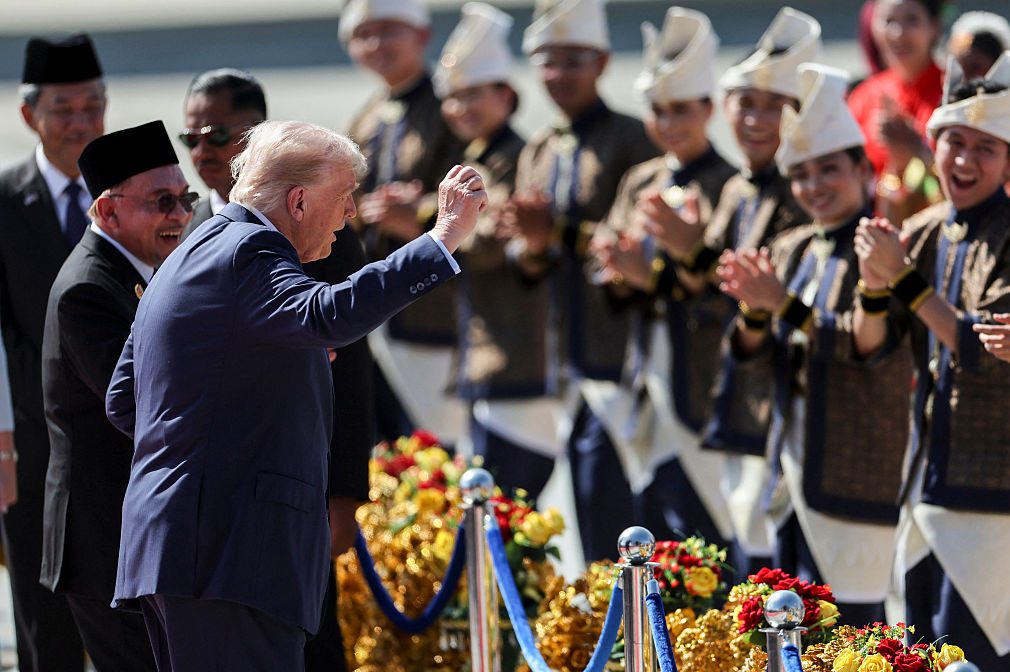
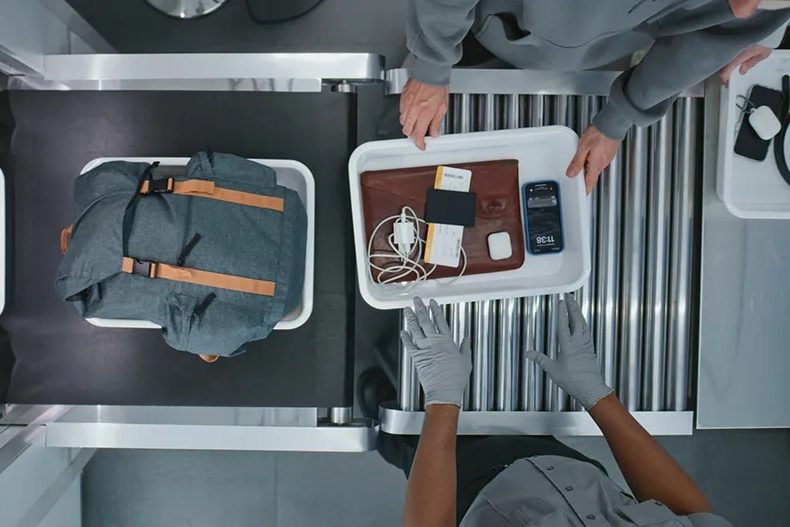







Leave a Reply